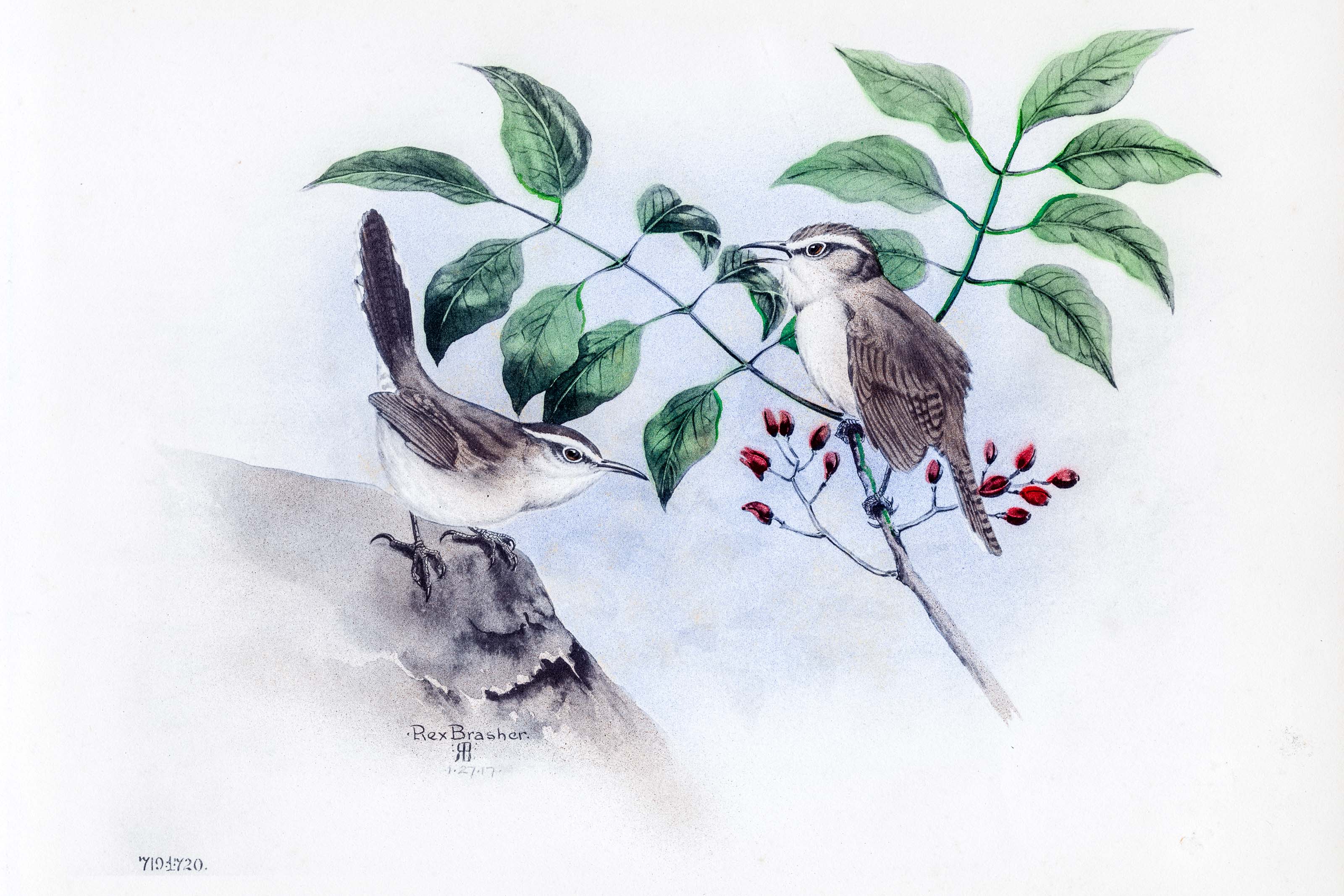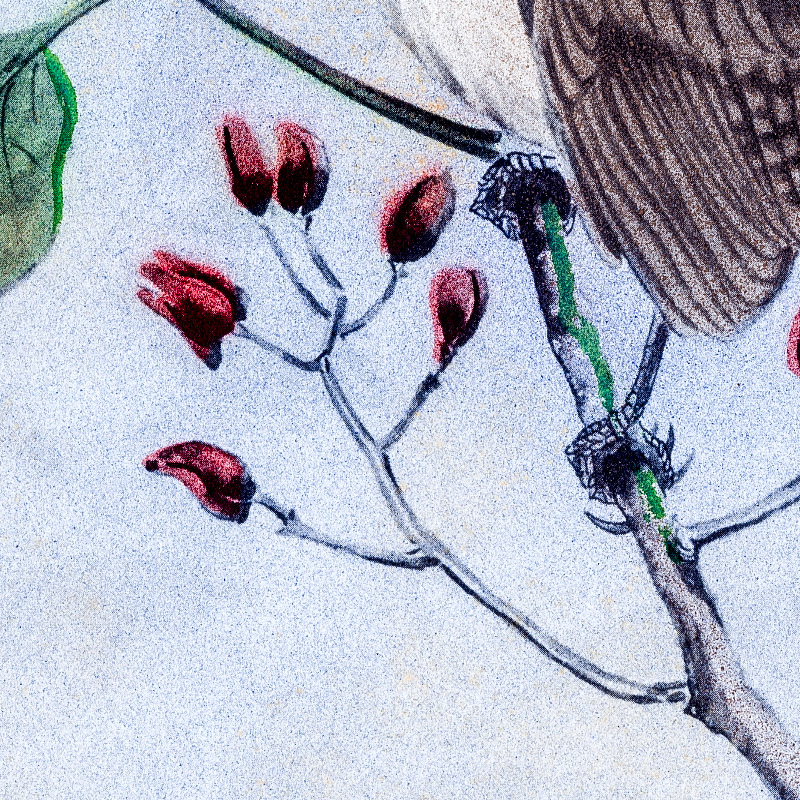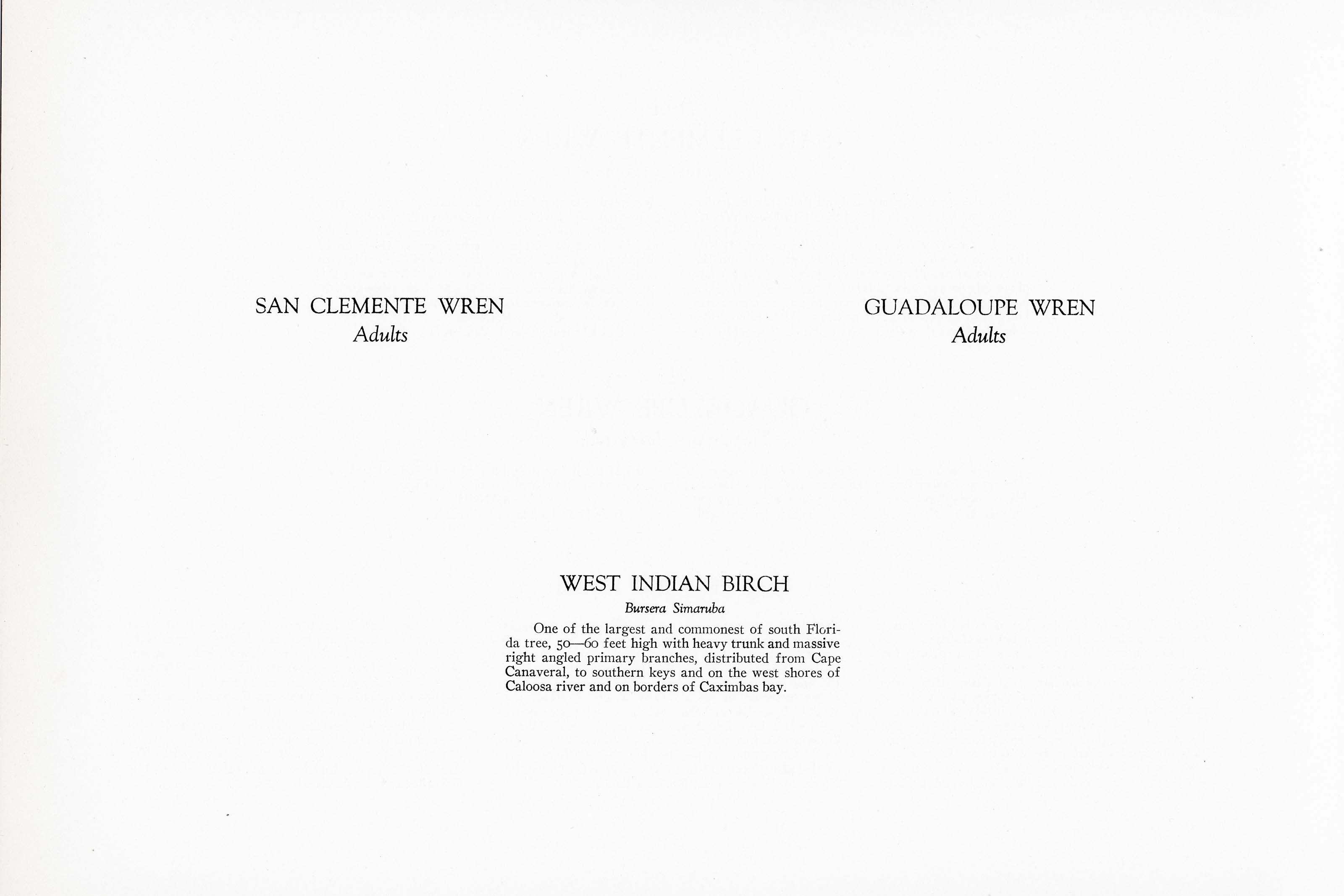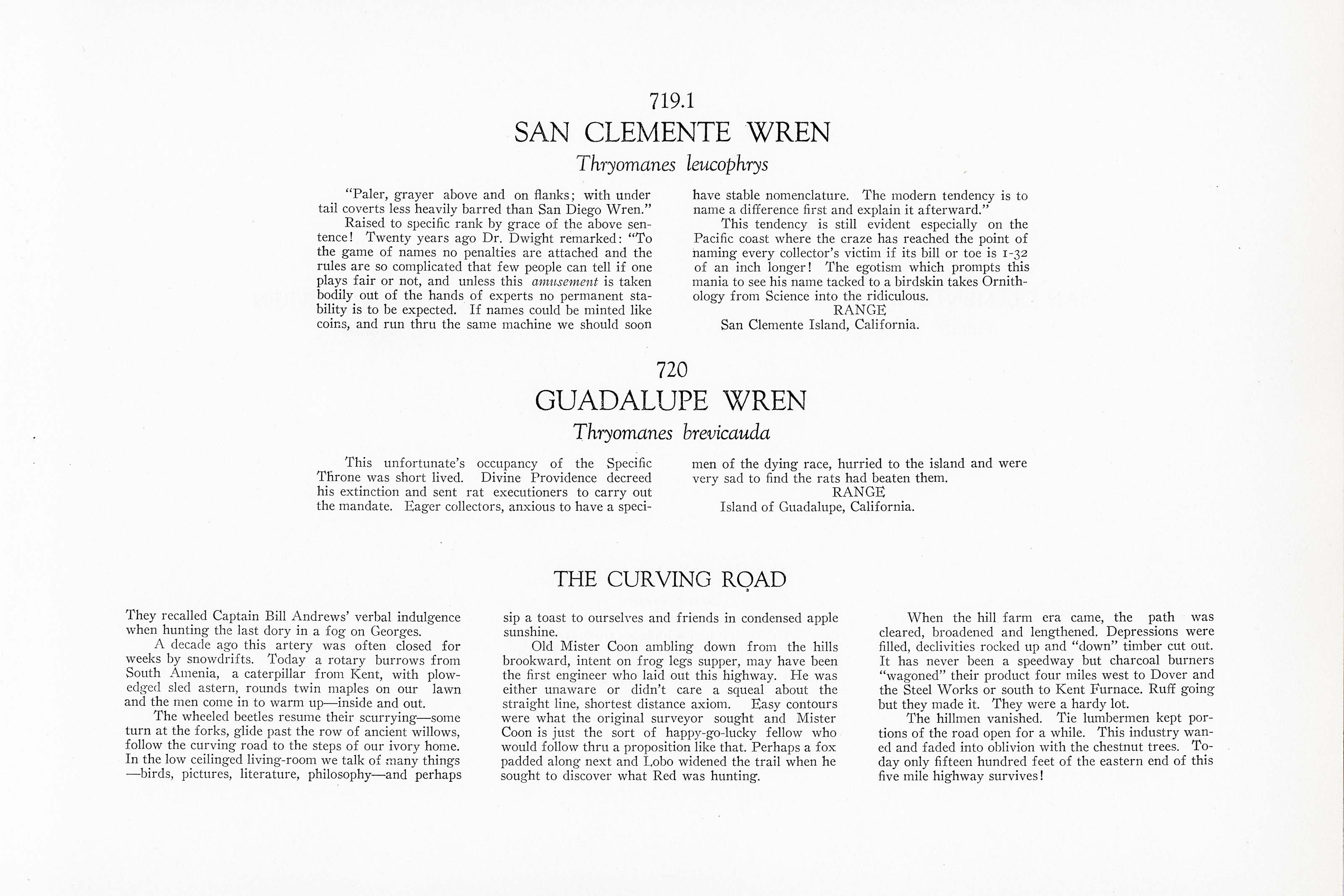






1917
1929
12
719.1-720
A team of dedicated board members, volunteers, and student interns has published every page in Volume 9. This volume includes 360 images of paintings and lyrical descriptions of birds, now available online for everyone to enjoy anywhere in the world. This is a monumental task. Each volume requires approximately 400 hours to photograph, edit, transcribe, catalog, and publish online. We need your support to complete this work.
If you're tech-savvy, have a good eye, are meticulous with details, and love structured data, please consider volunteering by emailing us at hello@rexbrasher.org.
We encourage all bird lovers and supporters to consider a monetary donation to support our mission to make Rex's work available for everyone. You can provide a one-time or recurring donation online.
"Paler, grayer above and on flanks; with under tail coverts less heavily barred than San Diego Wren."
Raised to specific rank by grace of the above sentence! Twenty years ago Dr. Dwight remarked: "To the game of names no penalties are attached and the rules are so complicated that few people can tell if one plays fair or not, and unless this amusement is taken bodily out of the hands of experts no permanent stability is to be expected. If names could be minted like coins, and run thru the same machine we should soon have stable nomenclature. The modern tendency is to name a difference first and explain it afterward."
This tendency is still evident especially on the Pacific coast where the craze has reached the point of naming every collector's victim if its bill or toe is 1-32 naming every collector's victim if its bill or toe is 1-32 of an inch longer! The egotism which prompts this mania to see his name tacked to a birdskin takes Ornithology from Science into the ridiculous.
San Clemente Island, California.
This unfortunate's occupancy of the Specific Throne was short lived. Divine Providence decreed his extinction and sent rat executioners to carry out the mandate. Eager collectors, anxious to have a specimen of the dying race, hurried to the island and were very sad to find the rats had beaten them.
Island of Guadalupe, California.
One of the largest and commonest of south Florida tree, 50–60 feet high with heavy trunk and massive right angled primary branches, distributed from Cape Canaveral, to southern keys and on the west shores of Caloosa river and on borders of Caximbas bay.